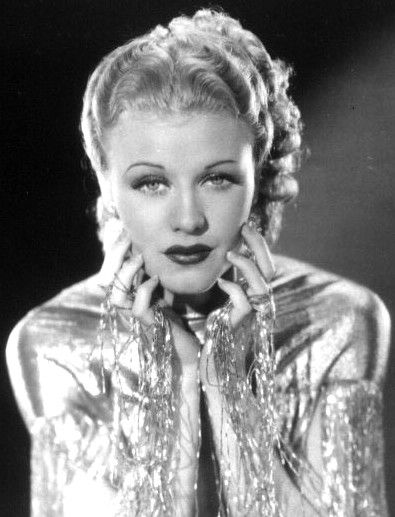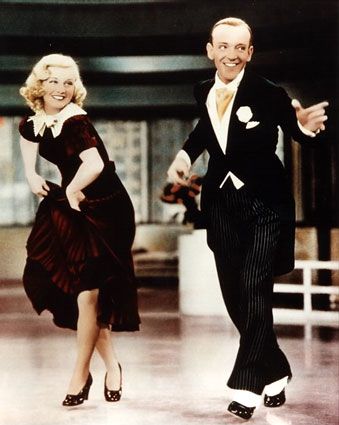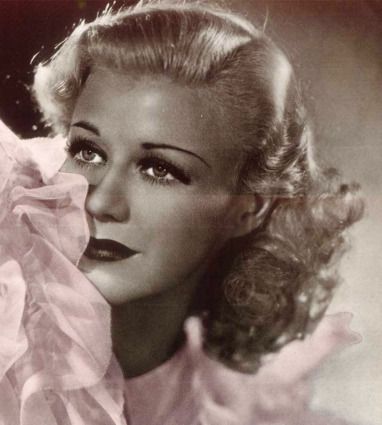“She gave him sex appeal. He gave her class.” That’s how actress Katherine Hepburn once described the on-screen relationship between Texan Ginger Rogers and Fred Astaire. As she danced up a storm with him in over a dozen films, this woman of legendary style danced into the hearts of America, as well. Having catapulted into show biz after winning a Charleston dance contest at the old Texas Hotel in her hometown of Fort Worth, the rest, as they say, is history. My colleague A.C. Lyles, a Golden Age of Hollywood-era producer, said it best by stating, “She was an actor, a star, a superstar and, boy, she was a legend.”
Called “Ginger” because her cousin couldn’t say her name, Virginia, she noted in her autobiography, "My mother told me I was dancing before I was born. She could feel my toes tapping wildly inside her for months.” So began a fairytale life promoted by her prototypical stage mother, Lela, and achieved by her own sheer drive, talent and beauty. Not only did Lela write and produce plays in which Ginger performed as a student at Central High School in Fort Worth, but she also remained a dominant influence throughout Ginger’s career.
The power that Rogers wielded during the Depression and World War II was almost unfathomable. Headlines in the movie magazines of the time reflected her overwhelming popularity with the American public. A role-model for women, Ginger Rogers exuded a feminine determination in an era when actresses were only beginning to create a strong presence. For men, she was a glamorous version of the attainable girl next door. It could be said that she was the Reneé Zellweger of Hollywood’s Golden Age. In fact, both Texas actresses played the role of Chicago’s infamous vixen, Roxie Hart.



